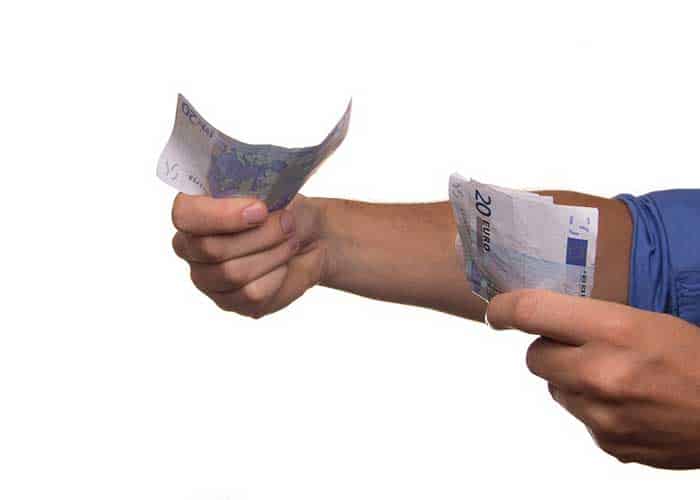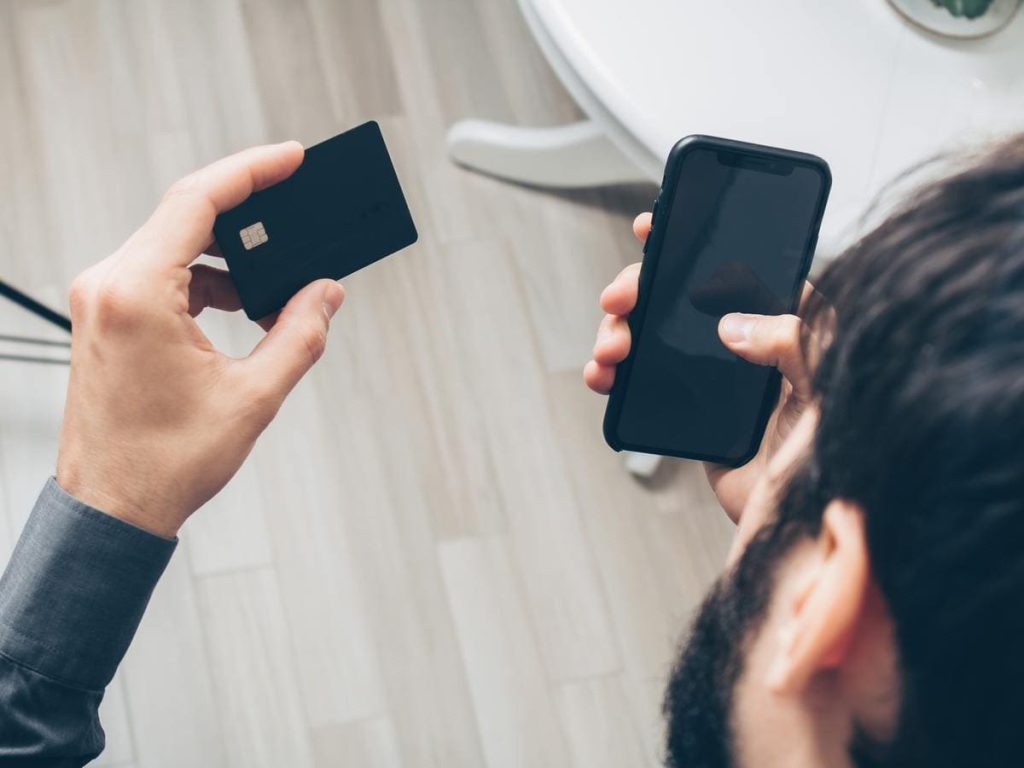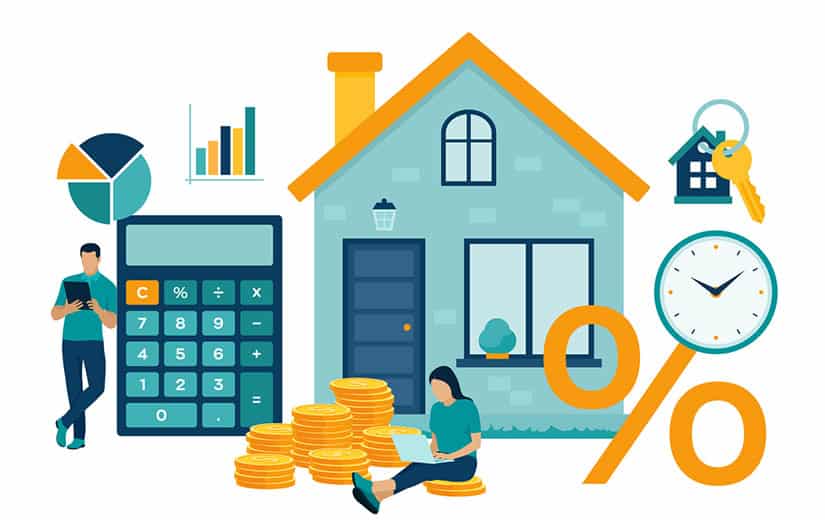In daily life, the exchange of money takes place on multiple occasions. At the merchant or between individuals, the banknotes circulate from hand to hand. Therefore, it is not uncommon to end up with a damaged ticket. In the presence of a defective banknote, how should one react? Is the payment method still valid for paying for purchases in stores? Find out everything you need to know about the torn ticket: conditions of validity, procedures for exchanging it for a new one in good condition, lifespan, etc.
Summary
The bank note: a limited lifespan
The banknote has an unlimited lifespan insofar as it is not produced to be withdrawn from the monetary circuit. Provided, of course, that the country does not decide to change currency.
On the other hand, the banknote constantly changes places and recipients (cash dispensers, pockets of individuals, bags of conveyors, checkouts in shops, etc.). By constantly traveling from one place to another, this physical means of payment gradually wears out. Thus, a 20 euro note, which is in great demand in everyday life, would not reach two years seniority.
Indeed, in everyday life, the document risks at any time being altered (tearing, soiling, burning, etc.). Beyond this little piece of paper, it is the amount it represents that can go up in smoke.
Torn ticket: can you pay with a damaged ticket?
In principle, when your ticket is torn, you can no longer use it to pay for your purchases. In the event of excessive alteration, the merchant is perfectly within his right to refuse your cash. Similarly, in the event of a stained ticket, the merchant may require another means of payment. This also applies when depositing cash in your bank. The banker can absolutely refuse a defective note.
And on your side, you can also refuse change from a merchant if the note shows an alteration such as a tear, burn or stain.
Torn ticket: the solutions
In the event of a torn ticket, rest assured. The amount may not be lost. A damaged note retains its value and can be exchanged for a new one through the Banque de France or possibly a post office.
On the other hand, do not attempt to repair your ticket yourself by sticking or taping it. By doing so, you run the risk of seeing your payment method refused by the merchant.
How do I exchange a ticket?
Approaches
Note that banks are not required to exchange your torn note for a new one. This mission is more the responsibility of the Banque de France or a central bank of a European country in the euro zone.
Go to one of the Banque de France branches closest to your home. To find it, consult the institution’s website (www.banque-france.fr). At the reception desk, make your request. Generally, your ticket will be immediately exchanged for a new one in good condition. Be aware that the person at the counter will automatically examine your document to ensure that it is not a counterfeit note.
The conditions to be respected
You will have to testify to the unintentional deterioration of your ticket. And fees amounting to a few cents may also be charged to you.
In order for the full amount to be refunded to you, the remaining surface of the ticket must be greater than half. Otherwise, you will only be entitled to a partial refund if the amount to be refunded exceeds 800 euros.
In addition, here are the criteria to meet for your banknote to be exchangeable:
- the document must be authentic. The Banque de France will verify that it is not a counterfeit note;
- the banknote must at least retain a surface area of more than 50% of its initial size;
- you must be of legal age and be able to show proof of identity;
- certify on your honor that the deterioration of the ticket is not intentional.
To know : the Banque de France authorizes the refund of the amount of the ticket by transfer to your bank account beyond an amount greater than 800 euros. In this case, you will need to provide a RIB or IBAN in order to proceed with the operation. You should also know that this method is often used in case of doubt about the authenticity of your document. Therefore, you may also be asked for an identity document. If the Banque de France considers that the deterioration is intentional, it will refuse to take it back from you for reimbursement. It can also confiscate it to prevent it from being put back into circulation.
The post office, the other solution
Finally, in some cases, you can go to your post office. The establishment has an authorization from the Banque de France to exchange tickets. All you have to do is go to the private counter.
Can we pay with a taped ticket?
You can tape your damaged ticket. On the other hand, you run the risk of seeing it refused by a merchant, even if the means of payment is returned in its entirety.
Therefore, it is better not to try to « repair » your ticket yourself, otherwise you will lose the corresponding sum. It is preferable to exchange it directly at a branch of the Banque de France (or possibly a post office).
Damaged ticket: how to check that it is not a fake?
When giving change, if you are handed a damaged note, immediately check that it is not a fake. To verify the authenticity of a banknote, there is a simple process based on three actions: touch, look and tilt.
Start by making sure that the banknote is crisp and that the printing is done in relief. These are the first signs of a genuine banknote.
On the other hand, take a good look that the document contains a portrait on both sides as well as a watermark portrait.
Finally, tilt the banknote to ensure the presence of the holographic strip. The euro symbol (€) and the value of the banknote must alternate. And as for the portrait, its details become visible and it then appears on a rainbow-colored background. Finally, the ticket value is surrounded by rainbow lines and changes from emerald green to deep blue.




